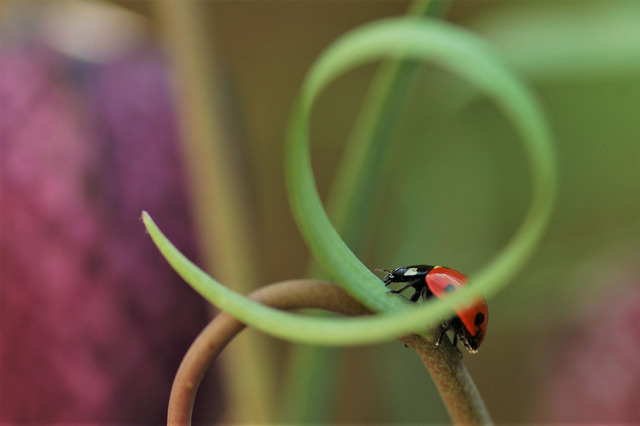

"This is important for the function of the leaf because when this one structure is implicated in so many different patterns, clearly there're going to be tradeoffs between being able to do all of these different functions well," said Blonder. It's also like a nervous system because there are chemical signals that are transmitted to the leaves from other parts of the plant through the liquid in the veins," he said. It's like the circulatory system because it's distributing water from the roots up to all the cells within the leaf, and it's also bringing resources from the leaf back to the rest of the plant after photosynthesis has happened.

"It's like the skeleton because it holds the whole leaf up and lets it capture sunlight and not get blown over in a windstorm.

The vein network inside of a leaf is like most of the important organ systems in a person, Blonder said.
Loopy leaf professional#
"If the city was designed well, you can still take another road to get to where you want to be."īlonder won the UA Graduate and Professional Student Showcase President's Award for his work, which was published this week online in the journal Ecology Letters. "It's like in a city where there's a roadblock somewhere," said Blonder. If the veins reconnect often and part of the leaf becomes damaged, resources can be circulated through different pathways. The number of loops is a measure of the leaf's resilience and plays a role in determining its lifespan. Vein density reflects how much energy and resources the leaf has invested in the network, while distance between veins shows how well the veins are supplying resources to the leaf. "The really interesting question is how a leaf with a certain form produces a certain function."īlonder developed a mathematical model to predict the functions of leaves based on three properties of the vein network: density, distance between veins and number of loops, or enclosed regions of smaller veins much like capillaries in humans. They have different shapes, different sizes, different thicknesses," said Benjamin Blonder, a doctoral student in the department of ecology and evolutionary biology. "Leaves have very different networks of veins. New University of Arizona research indicates that leaf vein patterns correlate with functions such as carbon intake and water use â knowledge that could help scientists better understand the complex carbon cycle that is at the heart of global climate warming.


 0 kommentar(er)
0 kommentar(er)
